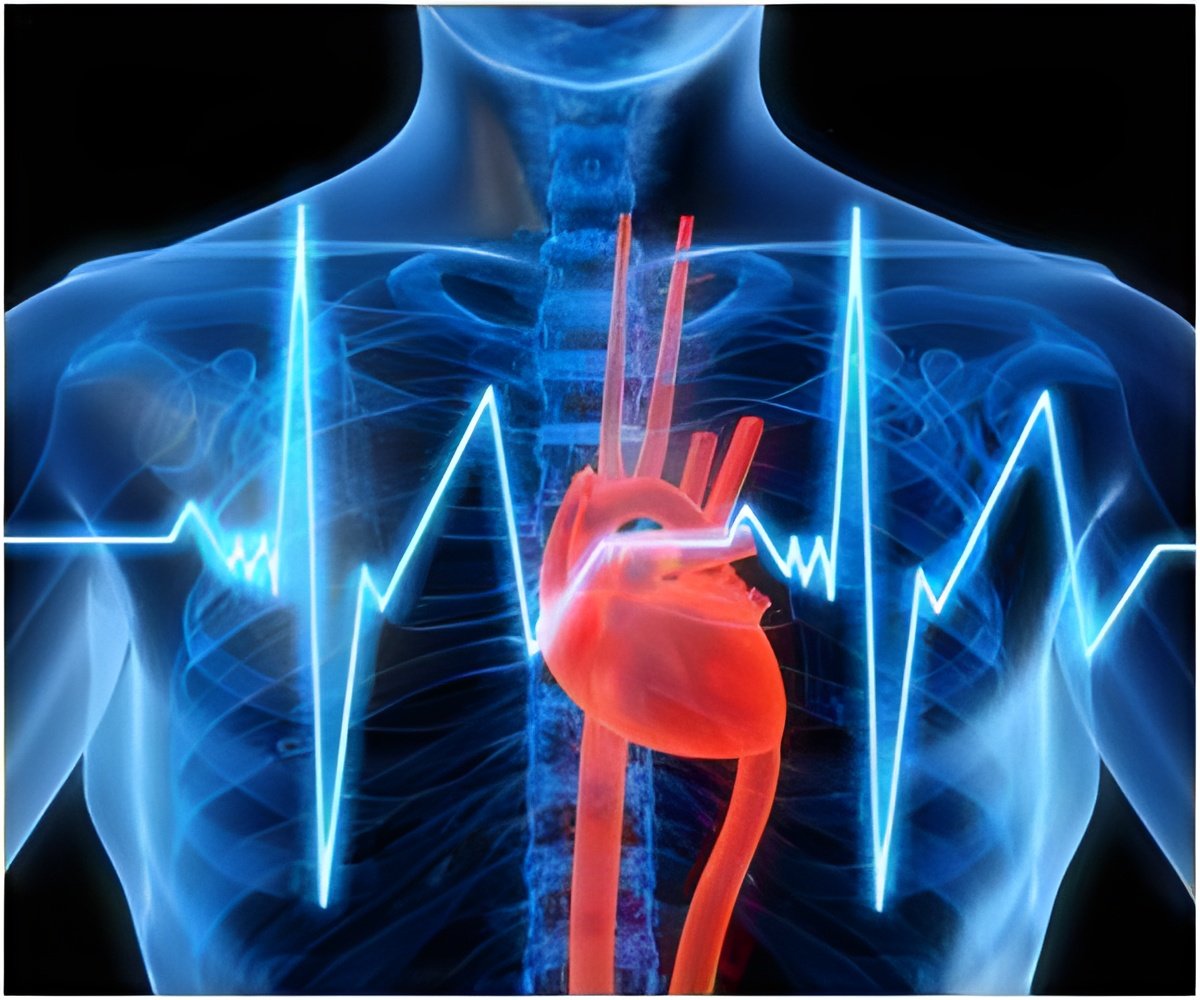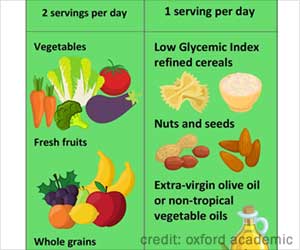
‘Risk factors for heart disease including male sex, diabetes, high blood pressure, high cholesterol, and smoking were linked to a darker appearance of the heart muscle, as well as a change in its texture.’
Tweet it Now
To overcome this defect, researchers developed a new toolkit called radiomics in collaboration with the University of Barcelona, to get highly detailed information about the shape and texture of the heart.Using their novel approach, researchers studied heart MRI scans from almost 30,000 people from the UK Biobank - a large-scale biomedical database and research resource – to look at the overall shape and structure of the heart in detail.
They found that for all the key risk factors studied the heart muscle was darker in appearance and had a smoother, less complex texture. The findings were published in the journal Frontiers in Cardiovascular Medicine.
Men were found to have larger hearts with the heart muscle appearing smoother and less texturally complex in comparison to women.
The heart muscle in healthy women was brighter than male hearts with a more complex appearance of the muscle architecture.
Advertisement
The study forms part of our wider research program aimed at developing the radiomics imaging toolkit to transform patient care.
Advertisement
Researchers are now exploring whether the observed changes in heart muscle translate to a higher risk of having significant heart problems, such as heart attacks.
Source-Medindia













